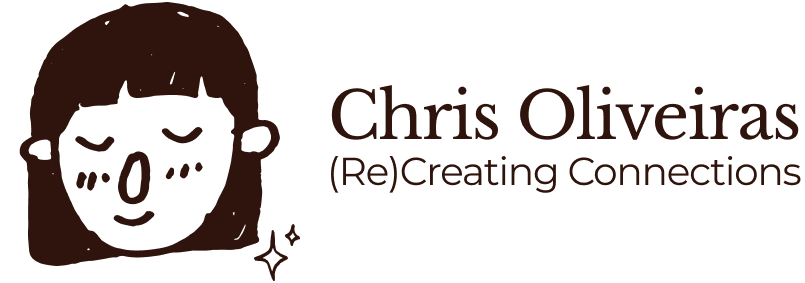If you think UX Design is just about creating pretty interfaces, you might be only scratching the surface. UX Design (or User Experience Design) is the practice of designing meaningful and functional experiences for people who interact with products and services, especially digital ones. And for that, it takes much more than aesthetics: it requires empathy, active listening, and method.
In this post, I want to share a solid foundation on UX Design based on a class that deeply resonated with me during a course I took in 2024. Let’s dive into the core concepts every designer (or aspiring one) needs to understand.
What is User-Centered Design (UCD)?
The starting point for UX Design is User-Centered Design (UCD). This approach is based on the idea that every digital product should be designed around the real needs of people, not the assumptions of those creating it.
Unlike the traditional “think outside the box,” UCD invites us to step into the user’s reality, to understand their behaviors, life contexts, and limitations to propose truly useful solutions. This requires us to reflect on who these people are, what they want to do, when and how they intend to use a product, and perhaps most importantly, why it all matters to them.

This type of design doesn’t seek universal answers. On the contrary, it acknowledges that each user has their own social, economic, or emotional context, and design needs to consider those differences to be truly functional and respectful.
UX Design in practice: how to listen and observe to design with purpose
Designing good experiences takes more than creativity: it takes structure. That’s why UX Design relies on various tools that help keep the user at the center of the process. From one-on-one interviews to usability tests, journey mapping, real task observation, and persona creation. It’s all about generating empathy and understanding.
There are also techniques that help deepen insights, like the “five whys” method, usage diaries, and even co-design sessions involving users directly. When we test variations of a solution through A/B testing or identify friction points in an interface through usability sessions, we’re doing more than validating ideas: we’re connecting with real needs.
These tools don’t just make the process more efficient, they make it more human.
UX, UI, and Usability: connected but distinct concepts
UX is the whole
User experience is everything that involves a person’s interaction with a product or service, from the first contact to post-use. This experience can be delightful or frustrating, smooth or confusing, memorable or forgettable. And it’s always unique, even when experienced in a group.
UI is the point of contact
The user interface is the visible layer we interact with directly. It could be an app screen, a button, or a navigation menu. Through the interface, the user takes action, so it needs to be clear, accessible, and responsive.
Usability is the link
Usability measures how easy a solution is to use. Jakob Nielsen, a reference in the field, reminds us that a usable product is easy to learn, allows quick task execution, prevents errors (or makes them easy to recover from), and provides satisfaction during use. At its core, usability is about making someone’s life easier.

The advantages (and challenges) of designing with people in mind
Putting the user at the center brings many benefits: products become more efficient, require less rework in the future, and create a stronger emotional connection with users. UX Design-driven projects tend to better integrate the product into its usage context and increase user satisfaction.
On the flip side, this path requires investment. Human-centered projects usually take more time, involve more steps, and may require specialists in research and testing. And yes, it’s not always easy to face the discoveries that come from truly listening to others; sometimes, our assumptions are completely challenged.
But it’s precisely in that process where the richness of UX Design lies.
Why UX Design is so important today?
We live in a world full of digital solutions: apps, websites, systems, and platforms. But generic solutions disconnected from people’s realities simply don’t work. They frustrate, exhaust, and make us give up.
UX Design emerges as a commitment to the quality of digital relationships. It’s a way of saying, “I see you, I hear you, and I want to help you solve this in the best way possible.”
✨ If you're starting to study UX Design, my advice is: go beyond aesthetics. Dive into human needs, stories, and contexts. Good design isn’t the one that grabs attention; it’s the one that quietly makes someone’s life easier.
Did you enjoy this content? How about sharing it with someone who’s starting in the design world? And if you have questions or want to exchange ideas on the topic, feel free to drop them in the comments. 😉









